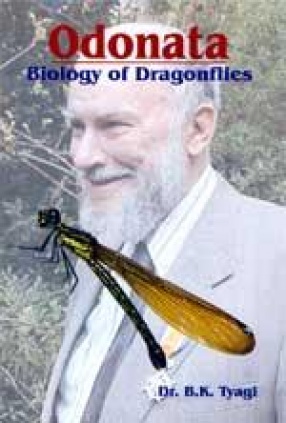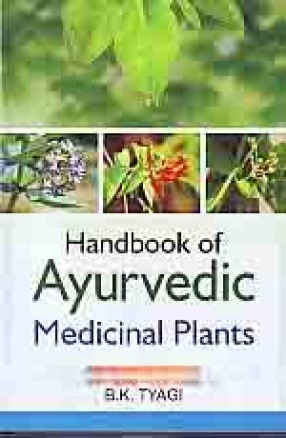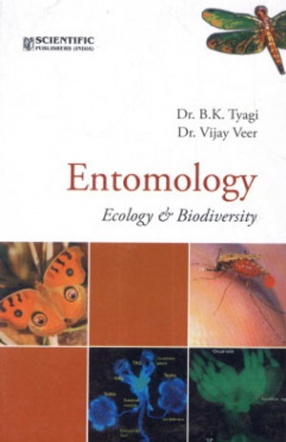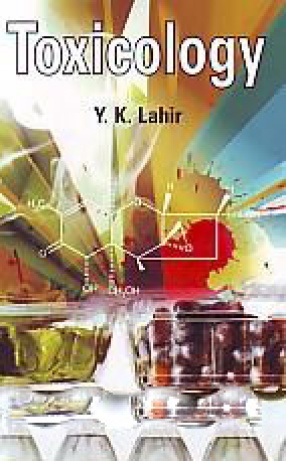Dragonflies (Odonata), represented by over 6000 known species, are unique insects. In more than one feature they differ, at the very first glance, from all other insect super orders including their nearest allies, the mayflies (Ephemeropteroidea). They probably evolved as early as in the Lower Devonian. Odonata are characterized by a numbaer of extremely archaic features, have evolved but very little in the course of the past geological epochs, and are, therefore, justly considered as a kind of living fossils. The living dragonflies represent but one order (Odonata), organized in three suborders, viz., Zygoptera, Anisozygoptera and Anisoptera. Anisozygoptera are represented in the present day fauna only by two relic species, one of which is endemic to Japan and the other in India and Nepal. The Zygoptera and Anisoptera, on the other hand, are the dominant groups. Being voracious predators in both immature (aquatic) and adult (aerial) stages they are important elements of all, except the drier (or high alpine) environments in temperate and tropical regions, occupying a position at the apex of the food chain of invertebrate life. Many dragonfly species are tested biological control agents for several disease-transmitting vector mosquitoes, especially Aedes species. They are also ideal organisms to be used as indicators of water pollution and contamination. Many species serve as intermediate hosts of fluke parasites of birds, and thus are important in the transmission of parasitic diseases, especially of domestic poultry and wild ducks. Because of their unique morphology and physiology, dragonflies are used extensively in the study of many biological phenomena. All these subjects are discussed in this unique book comprising twenty three articles written by expert odonatologists from different parts of the world. The book, dedicated to Prof. Dr. B. Kiauta the Father of Odonatology is a unique treatment to odonate taxonomy, ecology, biology, zoogeography, cytotaxonomy and ethnobiology. Above all, the festschrift includes a complete odonatological bibliography of Dr. Kiauta, along with a brief and highly stimulative biographic sketch from an odonatologist’s view point, which will surely serve to energise the young entomologists in pursuing science in the best tradition. The book is written in a lucid and comprehensible language, and will likely be useful to both the professional and amateur alike.
Entomology in the Doon Valley: Garhwal Himalaya: A Stronghold for Insect Research
Entomology in the Doon ...
$133.20
$148.00








There are no reviews yet.